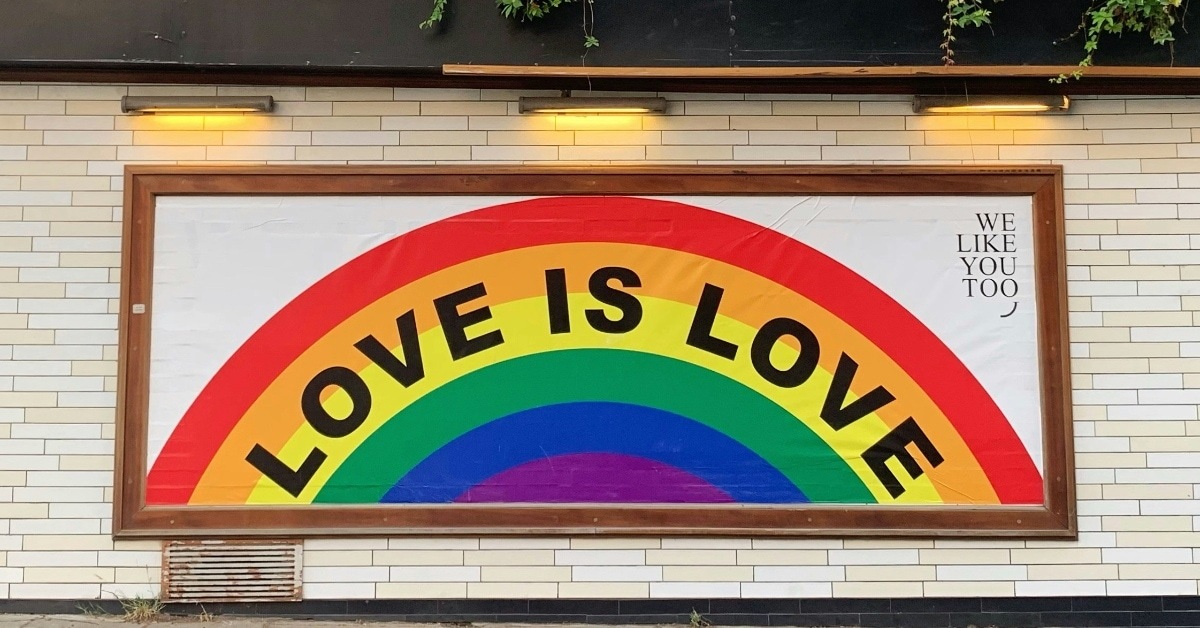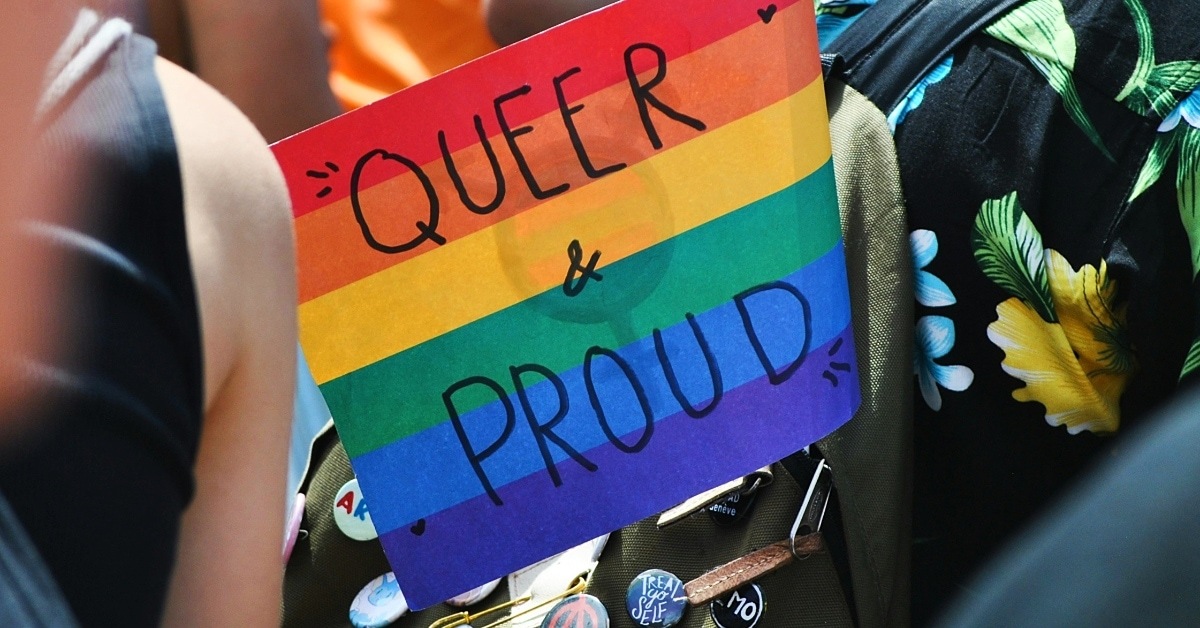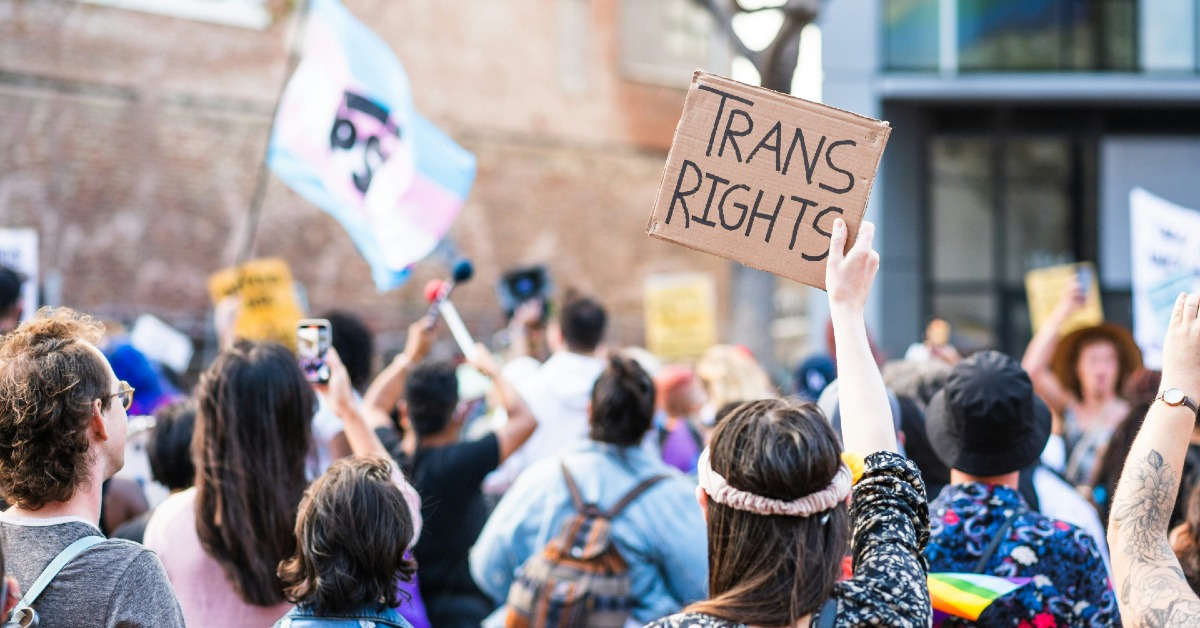BY: DM
Published 5 months ago

Love wins, and it’s been winning for a full decade. On June 26, 2015, the U.S. Supreme Court delivered its landmark 5–4 decision in Obergefell v. Hodges, declaring that “same sex couples may exercise the fundamental right to marry.” We’ve now hit the 10th anniversary of marriage equality and queer communities coast to coast are celebrating.
Obergefell v. Hodges changed everything for marriage equality.

Obergefell v. Hodges was the catalyst for change in America. The legal battle came when Jim Obergefell, a grieving widower from Ohio, sued after his home state refused to list him as the surviving spouse on his late husband’s death certificate. The majority opinion, written by Justice Anthony Kennedy, didn’t hold back. “The Constitution promises liberty to all within its reach,” he wrote. That liberty, he said, includes the right to marry the person you love.
Every year, the community turns up to honor that moment. Celebrations include everything from vow renewals to pop-up experiences. The New York Metropolis Hall has opened an exhibit that features photos, moments, and stories that “illustrate the power of activism in creating change.” Couples have also gathered on the steps of the Stonewall Inn to read their wedding vows, in honor of the historic day.
The decision also came during Pride Month, when there are already tons of ways to celebrate the LGBTQIA+ community. Places like West Hollywood and Philadelphia host parties and drag brunches for everyone. But the fun isn’t limited to those cities — celebrations are happening across America.
Marriage equality was a long and tiring fight for LGBTQIA+ people.

Today, members of the LGBTQIA+ community can get married in any of the 50 U.S. states. However, the fight for marriage equality began back in the 1970s. In 1971, Jack Baker and Michael McConnell applied for a marriage license in Minnesota — and, shockingly, won—because no state law explicitly barred their union. The Minnesota Supreme Court quickly squashed their victory in Baker v. Nelson, ruling that limiting marriage to opposite sex couples didn’t violate the U.S. Constitution. But that defeat only fueled the fight.
At the turn of the millennium, states began chipping away at bans. In 2003, Massachusetts made history as the first state to legalize same-sex marriage. Its Supreme Judicial Court ruled that denying gay couples the right to wed “denies them basic dignity and equality under the law,” per PBS. Over the next few years, Connecticut, Iowa, Vermont, and others followed the trend. Some legalized same-sex marriage through court decisions, while others legalized it through legislation or voter referendums.
Meanwhile, several states pushed back. They passed constitutional amendments that explicitly defined marriage as a union between one man and one woman. The 1996 Defense of Marriage Act (DOMA) served as a grim reminder that marriage rights weren’t guaranteed. It blocked the federal government from recognizing same-sex marriages, even in states where they were legal. As a result, same-sex couples were denied crucial benefits.

Since the landmark Supreme Court ruling, LGBTQIA+ families have gained access to everything from spousal healthcare and immigration rights to joint adoption and tax benefits. And while the community is able to celebrate another year of marriage equality, the fight never really ends.
How are you celebrating the 10th anniversary of marriage equality? Comment below!










